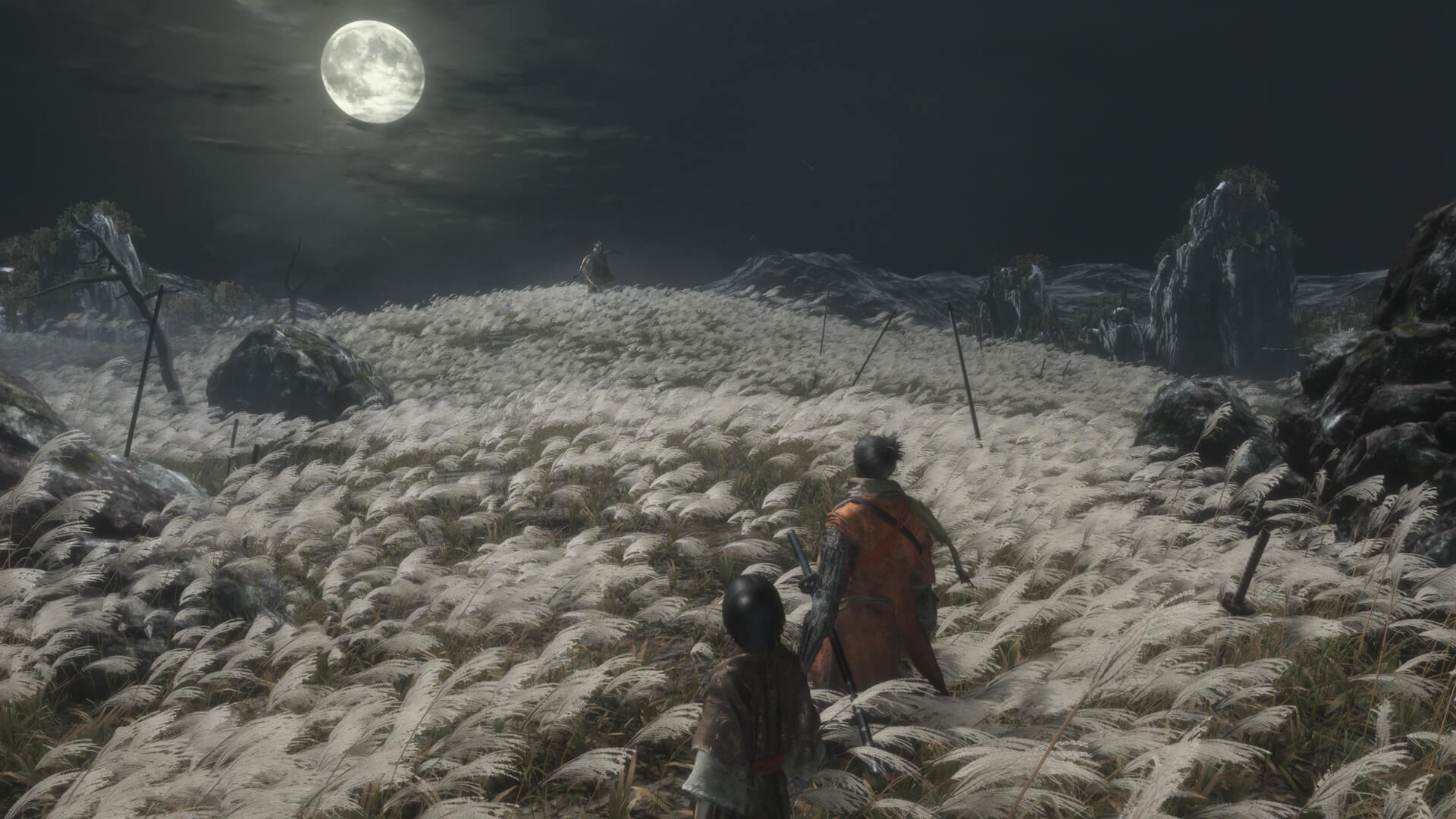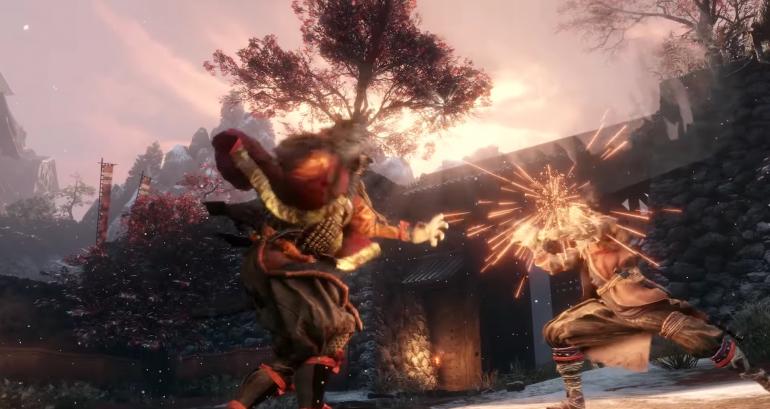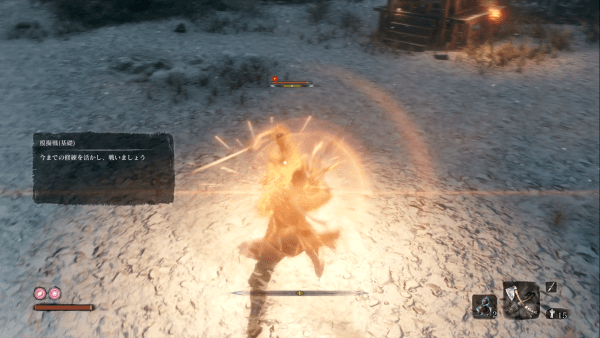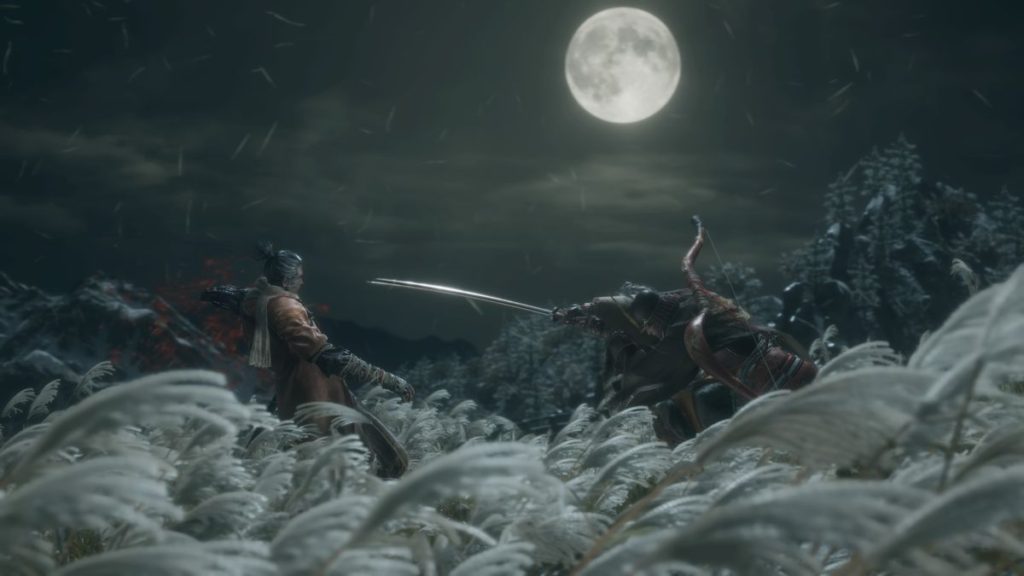
Advertisements
Back in 2004 at EVO, the biggest stage of the fighting game world, something pretty incredible happened. It was late in the bracket for Street Fighter III: Third Strike when two of the best players in the world faced off. Daigo Umehera had his back to the wall against Justin Wong, his character‘s health reduced to his last magic pixel. Meanwhile, Wong’s Chun-Li still had half a life bar, as well as enough meter to easily launch a Super Art and defeat his opponent through chip damage. And then this happened.
When Wong launched his Super, Daigo perfectly parried all 15 hits, a feat which was necessary to avoid death through the chip damage that occurs when a player blocks a move. While parries avoid all chip damage, they can only be performed in an extremely narrow four frame window before getting hit. Since Third Strike runs at 60 frames per second, this means that Daigo had only 7/100s of a second before each individual attack landed to input correctly. On top of being an exceedingly clutch and flashy comeback, the Daigo Parry was a maneuver that required anticipation, practice, and a great deal of skill.
But parries aren’t a unique mechanic to Third Strike, they’re exceedingly common in the fighting game space. They can even be found in all manner of different action games. Across its many iterations the move tends to have one thing in common, it is very satisfying to pull off. In both fighting and action games, it requires a precise understanding of your opponents moveset, as timing windows tend to be narrow. That precision requires mastery and sometimes prediction, which is usually rewarded with some sort of significant benefit. While the implementation of the move obviously differs greatly from game to game, and is of varying levels of importance to each experience, there is one recently released title that is based entirely around the act of parrying. That game, of course, is Sekiro: Shadows Die Twice.

Since Demon Souls, the output of Japanese developer FromSoftware has been closely monitored. Their Soulsborne games are beloved for their terse mysterious worlds and trying difficulty. While it has been stated to death that these games are hard, it is important to note why so many people find this difficulty fun. In short, it’s because the studio is masterful at crafting challenges that are daunting, but surmountable through practice and strategy. Core combat in these games is usually quite simple but requires players to memorize the tells of their opponent’s moves, and dance around their strikes perfectly. Mastering each unique grunt and boss is rewarding because it requires genuine effort, and thus engenders a feeling of actual accomplishment when you achieve victory. With their latest game Sekiro, it feels as though the studio has honed in on the concept of requiring mastery to an extreme degree, as the entire game is built around a maneuver that intrinsically requires practice and near-perfect execution.

The parrying mechanic in Sekiro, referred to as deflecting, is the key to victory. All enemies in the game have a defensive characteristic known as posture. Posture damage increases as you attack your foes while they block, or if you deflect their attacks. Once their posture is broken you have the ability to instantly remove one of their health bars, which is an instant kill for all non-boss/mini-boss enemies. Although you must occasionally whittle down an opponent’s health before beginning your barrage of parrying, as enemies with less health recover posture much slower, deflecting is essential for efficiently racking up posture damage and disposing of enemies. Parrying is also necessary for defense. Unlike in the Souls games, you also can’t hide behind great shields or utilize tanky builds to make the game more forgiving. While you can perform a dodge to quickly avoid attacks, the roll doesn’t have heavy invincibility frames like in the studio’s previous games. And although you can block opponent’s moves without parrying, you also have a posture meter that fills when you guard enemy attacks normally, which when filled leaves you wide open for attack. Since performing deflections both increases your opponents posture damage, and avoids build-up of your own, it is the crux of the combat.

Like the rest of FromSoft’s recent games, the enemies in Sekiro all have telegraphed moves that hint at set attack patterns. By recognizing these patterns and blocking at the last moment, it is possible to reliably bat away from your foes strikes, leaving them open to a counter-attack. It’s a punishing system at first and is likely the reason a decent number of players have bounced off the game early. Almost every fight requires the player to gracefully deflect their foes moves to eventually break their posture. But when you finally adapt to an enemy’s patterns, your character is transformed into a peerless master duelist who is able to render his foes’ mortal strikes harmless.
The well-telegraphed but extremely damaging attacks of your foes meld perfectly with the deflection system, requiring focus and patience in every encounter. Carefully timing your defense against the attacks of your foes is deeply reminiscent of rhythm games, the satisfying twang of successful deflections creating a melody of clashing swords. And beyond rhythm games, it’s hard to think of a game that more successfully emulates the appeal of fighting games in a non-multiplayer context than this one. While you never launch complex combos at your foes, you must study your enemies’ moves, figure out the timing of their attacks, and strike when they’re vulnerable. The timing window for a parry feels tough but fair, as reportedly there are 30 frames or roughly half a second before each attack lands to deflect.

Although most of us will never learn how to perform the Daigo Parry, Sekiro is a game entirely built around delivering a similar type of daunting challenge. Beating almost any boss or mini-boss feels like an insane gauntlet of precise deflections and dodges, in which you must memorize your opponent’s tells, exhibit patience, and capitalize. Many of these fights are among the best that FromSoft has ever crafted, requiring entire minutes of near-perfect play. The final boss and late game-optional bosses are excellent examples of this, demanding that the player demonstrates what they’ve learned over their many hours with the game. By choosing to focus on a mechanic that requires very specific timing, the studio has doubled down on appeal of their titles’ challenging gameplay. And beyond the satisfying gameplay, the Chanbara influences, imposing orchestral score, and striking backdrops further frame these boss fights as grandiose duels. Sekiro: Shadows Die Twice successfully co-opts the appeal of a fighting game mechanic, combining the mechanical gratification of parrying with the resonance and gravitas of this decaying feudal world. In sum, it is a challenge that is as daunting as it is cathartic, a game that places parrying at its center to accentuate both its difficulty and the joy of victory. And the result is one of the most rewarding games in years.
Advertisements




